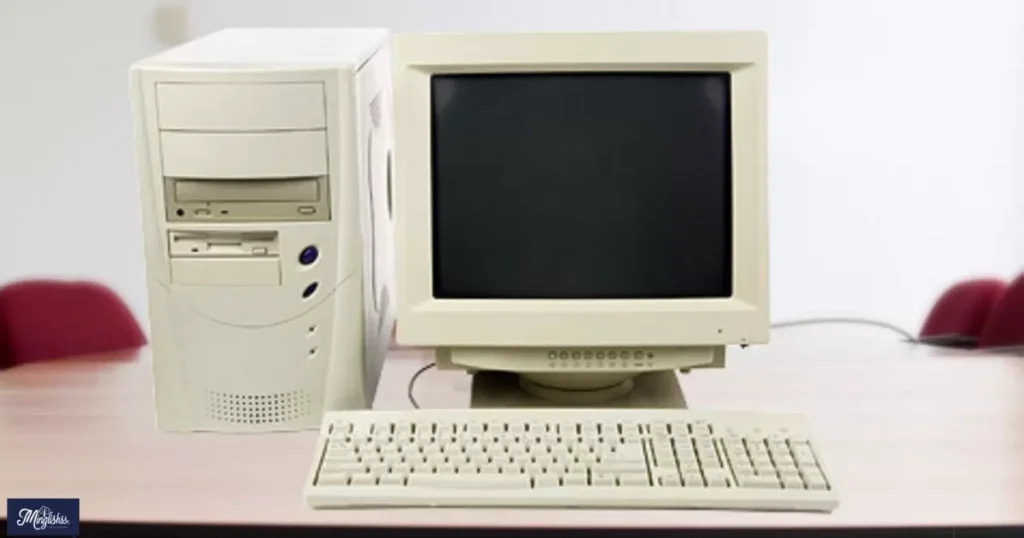In today’s fast-paced world, effective communication often hinges on efficiency and clarity. Abbreviations are an essential tool to achieve this, especially when dealing with frequently used terms. One such term is “pieces“, which appears in various contexts, including inventory management, business transactions, and academic writing.
Understanding common abbreviations for "pieces" can streamline your documentation and enhance communication across different settings.
Are you involved in logistics, inventory management, or any field where you frequently deal with quantities? Familiarizing yourself with the common abbreviations for “pieces” can simplify your tasks and boost your productivity.
By learning these abbreviations, you can improve how you handle reports, orders, and other documents. Explore this guide to discover how these abbreviations can make your work more efficient and accurate.
Abbreviations for “pieces” are crucial for simplifying communication, especially in professional environments. These abbreviations help convey quantities more efficiently and are widely used in business, shipping, and inventory contexts.
Understanding these abbreviations can improve your ability to interpret and convey information quickly, reducing the likelihood of misunderstandings. Whether you are managing stock levels or preparing reports, knowing these shortcuts can save time and enhance clarity.
Common Abbreviations for “Pieces”
Pcs
Pcs is the most widely recognized and used abbreviation for “pieces.” This abbreviation is commonly employed in business transactions, inventory lists, and shipping documents. The simplicity and universality of Pcs make it the preferred choice for representing quantities in various contexts.
For example, a purchase order might specify, “100 Pcs of the new product,” clearly indicating the number of units being ordered.
Pce
Pce is another abbreviation used to denote “pieces,” though it is less common than Pcs. This form is often seen in specific industries or regional contexts. While Pce is not as universally recognized as Pcs, it serves the same purpose of indicating quantities.
For instance, a manufacturer might use Pce in their inventory system to track individual units of a product.
Pc
Pc is a shorter form of “pieces” and is sometimes used in informal contexts or quick notes. Although less common than Pcs, Pc is still a useful abbreviation for simplifying communication.
This form might be used in personal notes or casual settings where brevity is important. For example, one might write, “5 Pc of hardware needed,” in a shopping list or memo.
Pcs.
Pcs. with a period at the end is another variation used to represent “pieces.” This form is often found in formal documents, reports, and academic writing. The period adds a level of formality to the abbreviation.
For example, a business report might state, “The shipment consists of 50 Pcs. of merchandise,” indicating the quantity in a professional manner.
pcs

The lowercase pcs is a less formal variation of the abbreviation for “pieces.” It is often used in digital communications and informal contexts where a more casual tone is acceptable. While lowercase pcs might not be suitable for formal documents, it is commonly used in everyday communication.
For instance, a quick email might include, “We need 20 pcs of the new product by Friday,” using pcs to denote the quantity.
Use in Example Sentences
Full
- The shipment contains 100 pcs of the new model.
This sentence uses Pcs to specify the quantity of units in a shipment, providing clear information about the order. - We need to order 50 pcs of the part to meet the demand.
Here, Pcs denotes the quantity of parts required, illustrating its role in inventory management. - The inventory list shows 200 pcs of the item in stock.
This example shows how Pcs is used in inventory documentation to represent the number of items available. - Each box holds 25 pcs of the product.
In this sentence, Pcs indicates the number of units per box, useful for understanding packaging details. - The report details the number of pcs sold over the last quarter.
This example demonstrates how Pcs is used in reports to track sales quantities over a specific period.
Abbreviation
- The shipment contains 100 pcs of the new model.
Using pcs in lowercase for an informal or digital context to indicate the number of units in a shipment. - We need to order 50 pcs of the part to meet the demand.
Lowercase pcs used to specify the quantity of parts needed in a less formal setting. - The inventory list shows 200 pcs of the item in stock.
This example illustrates the use of pcs in lowercase for representing available quantities in inventory. - Each box holds 25 pcs of the product.
The lowercase pcs denotes the number of units per box in an informal or digital communication. - The report details the number of pcs sold over the last quarter.
Lowercase pcs is used to track sales quantities in a casual or digital report.
Conclusion
Mastering common abbreviations for “pieces,” such as Pcs, Pce, Pc, and pcs, can greatly enhance your communication efficiency. These abbreviations are not only useful for business transactions and inventory management but also for everyday communication.
By incorporating these shortcuts into your routine, you can improve your ability to handle documents and reports with greater accuracy and speed. Understanding and using these abbreviations effectively can save time and reduce errors in both professional and personal contexts.
Answer To Key Question
- What is the most commonly used abbreviation for “pieces”?
- The most commonly used abbreviation for “pieces” is Pcs.
- Can I use “Pce” instead of “Pcs”?
- Yes, Pce can be used, but it is less common than Pcs.
- Are there any contexts where “Pc” is preferred?
- Pc is often used in informal contexts or quick notes where brevity is important.
- What does the period in “Pcs.” signify?
- The period in Pcs. often denotes a formal or professional context.
- Is “pcs” used in formal documents?
- While pcs is less formal, it is still understood in many professional and informal settings.
- How do these abbreviations affect communication?
- These abbreviations help streamline communication by simplifying the representation of quantities, making documents and conversations more efficient.

Hi, I’m Ethan Matthews: I make English easy with my clear and simple teaching style. I love helping learners feel confident in every lesson.










